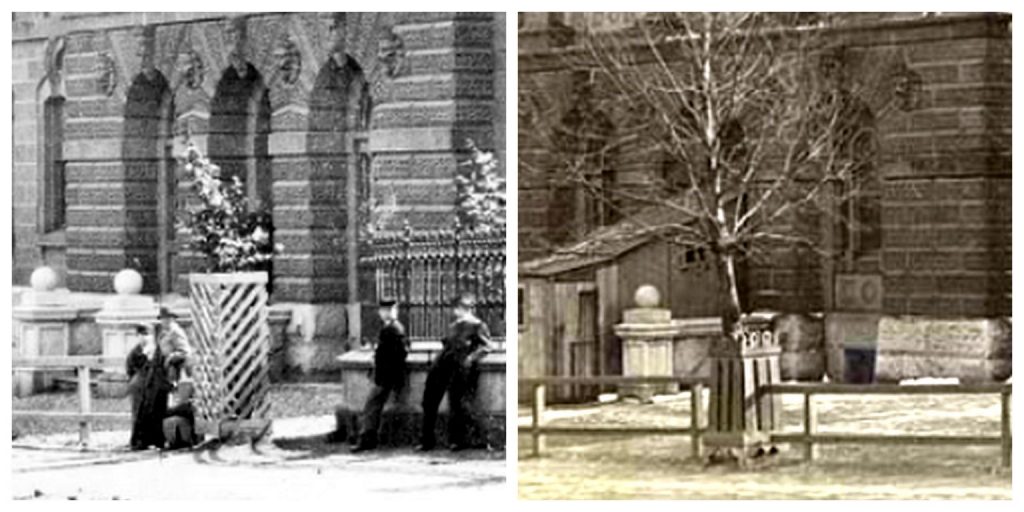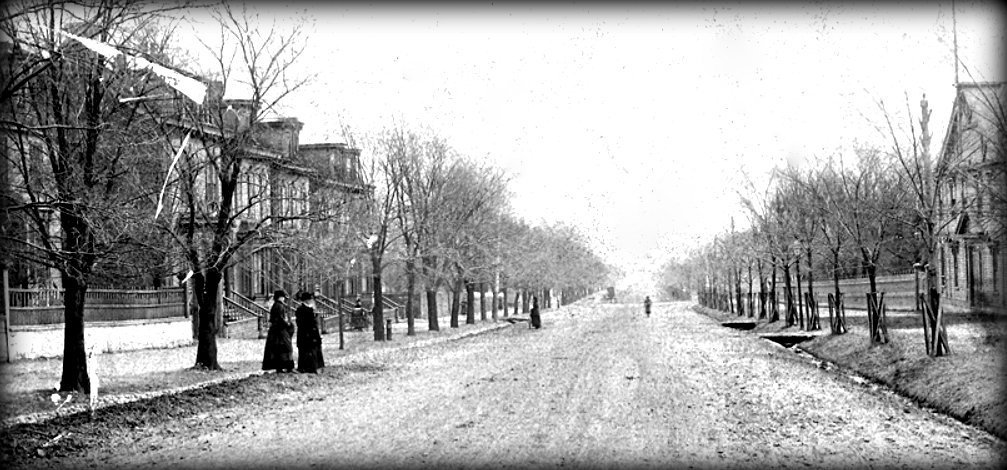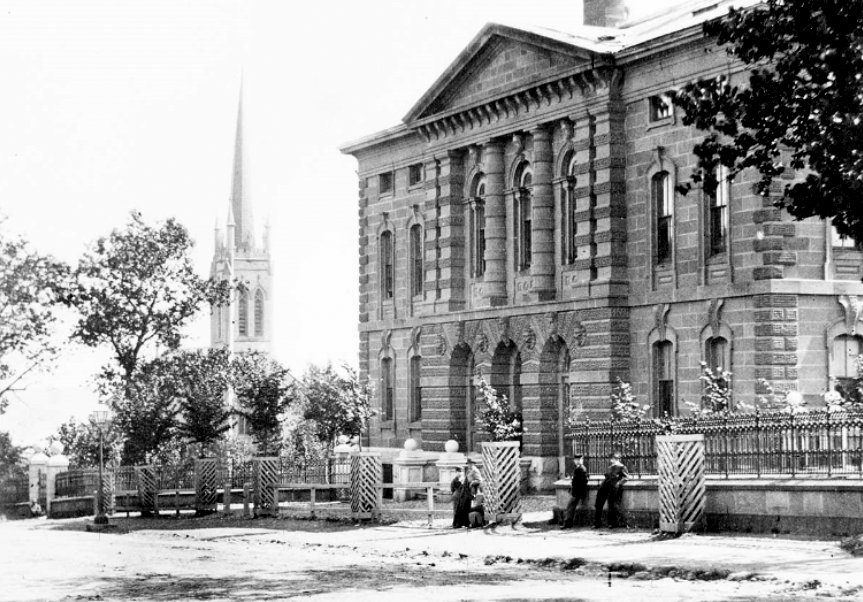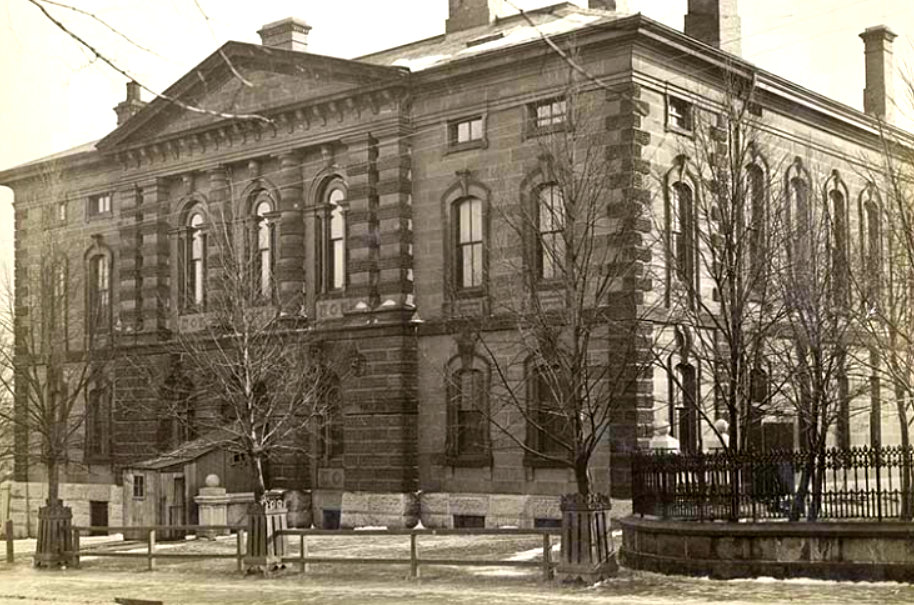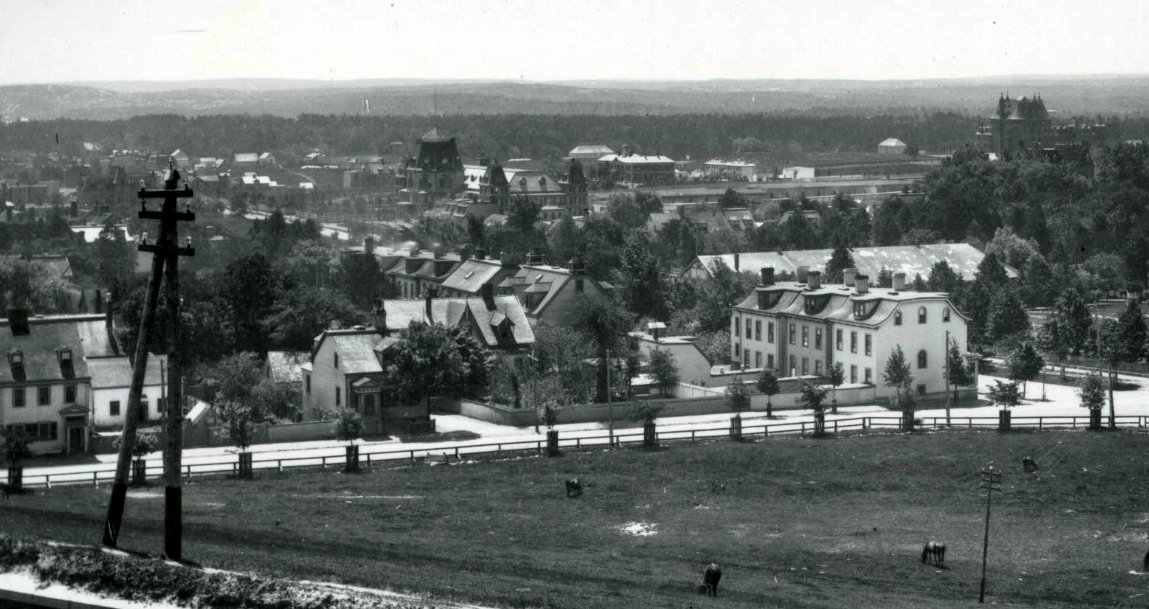Halifax likes to think of itself as a city of trees. When I survey the forest canopy from my dentist’s office on North Street, I have to concur.
It takes energy, desire, and resources to maintain a healthy urban forest, and that has not always been a priority in Halifax. Around 1830 the Superintendent of Streets, ironically named Matthew Forrester, “cut down without mercy” fine ranges of trees on Argyle Street and Hollis Street and Brunswick Street, because they encroached on the side paths.
By the 1870s, the City Fathers repented and supported extensive tree planting along South Park Street and the south end of the Commons. This coincides with the growing popularity of photography, so it is possible to observe some of these tree planting efforts in old photographs.
Looking south on South Park Street in the 1880s, a line of young trees had been planted to the right, along the edge of the Public Gardens. On the other side of the street the trees are more mature.
Street View provides an update of this scene. Perhaps some of the old trees are survivors from the original planting. You can see their replacements are already a good size. On the left side of the street we are going to have to start all over again.
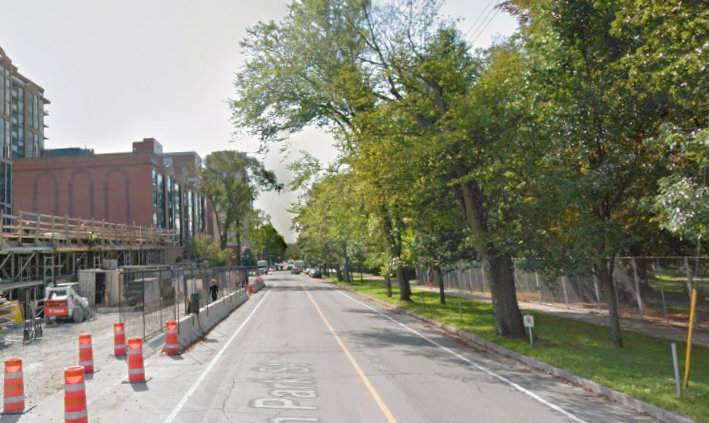
This tree talk is all very interesting, but what really attracted my notice are the tree guards that sometimes show up in old Halifax photos. Tree guards are the little structures designed to protect young trees until they are big enough to fend for themselves.
The old guards I’ve noticed are all wood and come in many different forms. Here is a detail of the South Park Street photo. The trees look mature enough to be standing on their own, so the rustic guards are perhaps more decorative than functional at this stage.
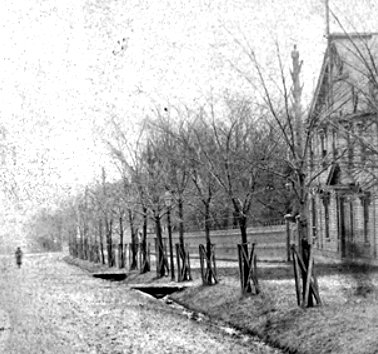
NS Archives
The tree guards in front of the Wellington Barracks (CFB Stadacona ) also have a rustic feel.
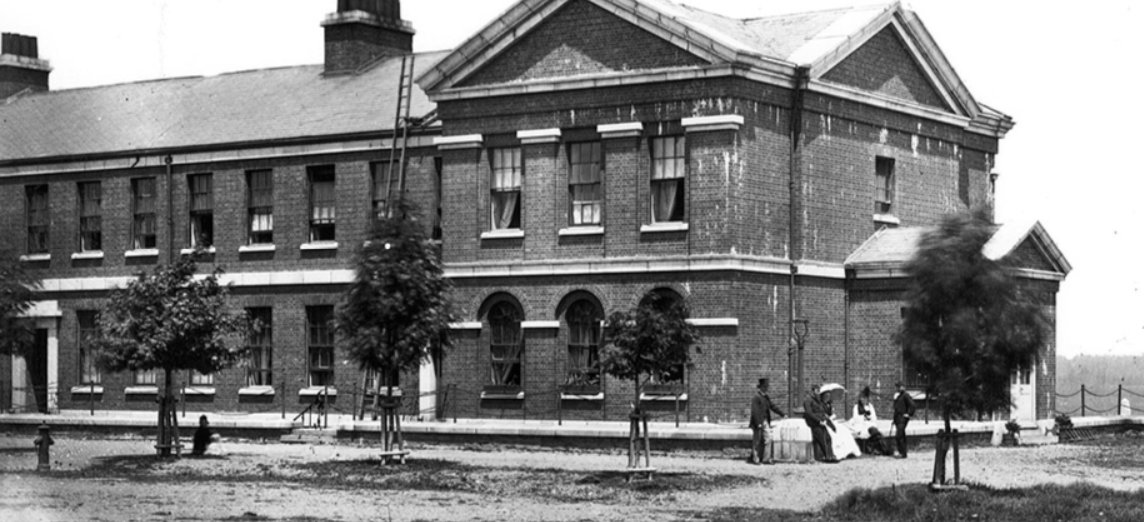
Wellington Barracks, Officer’s Quarters 1872 or 73. NS Archives, Royal Engineers Collection 6970 (Piers 69)
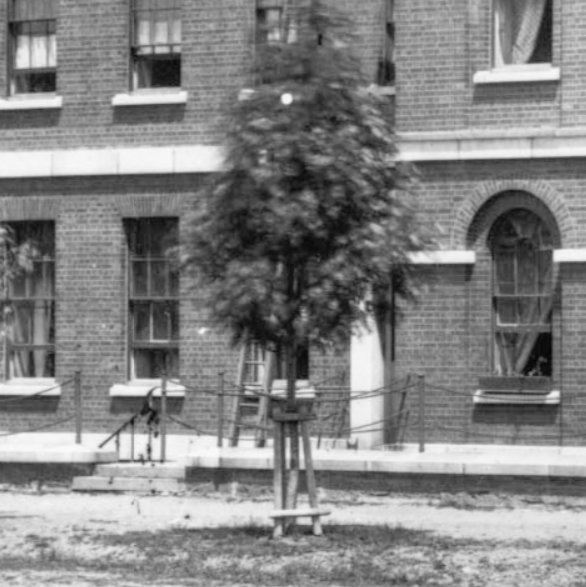
This pair of photographs records the evolution of tree guards in front of the Court House on Spring Garden Road. The first photo is about 1870 and the other is about 10 years later.
In a side- by-side comparison, the earlier Court House guard is truly about guarding, perhaps to discourage grazing by loitering horses. The later iteration is elaborate street furniture in a Victorian style, probably more decorative than functional.

The wood work on this Tower Road house, and its elaborate fence, visually overwhelm the attractive but modest tree guard out front.

The details of tree guards cannot always be discerned in photos, but they can be recognized and indicate that the trees they protect are relatively young. This is the case with the planting along the base of Citadel Hill along Sackville Street at South Park. Here one danger the guards are protecting the trees from are the grazing, downtown cattle, also visible in the photo.
Now that I’ve started noticing tree guards, more will undoubtedly start turning up.
Postscript
- A fun summer exhibit in the Public Gardens would be a selection of Victorian-design tree guards for some of their young trees. At least it would interest me.
- I went scrolling through my photos looking for contemporary tree guards but discovered instead, several shots of the Abu Ghraib of tree torture and abuse: roots cruelly exposed, soil compacted, mulched with ten thousand cigarette butts. This is, of course, the Mumford Terminal of Halifax Transit. To be fair, the commuters are treated with about as much respect as the trees.





